Popular music in Ethiopia
Modern Ethiopian music has come a long way since its inception during the 1950s. This text provides an overview of popular music in the East African nation.
 Ethiopian band Jano. Photo by Sisay Guzay
Ethiopian band Jano. Photo by Sisay Guzay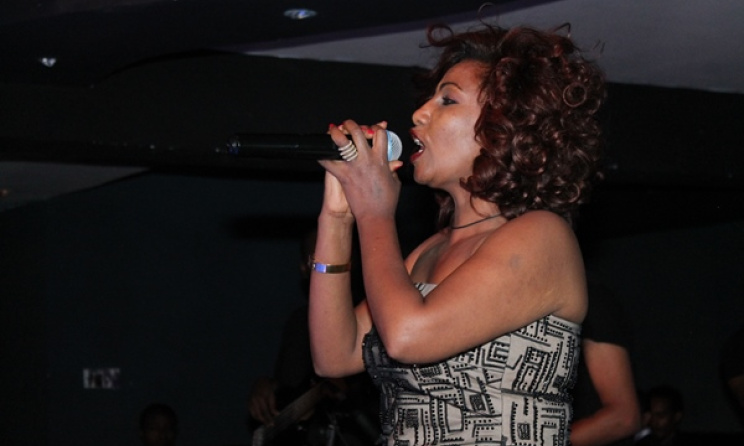 Ethiopian artist Fikeraddis Nekatibeb. Photo by Sisay Guzay
Ethiopian artist Fikeraddis Nekatibeb. Photo by Sisay Guzay
Predominantly filled with asymmetric rhythms set to melodic contours and pentatonic (five-note) scale, Ethiopia’s popular music has been going through a steady evolution from its early days. The ancient folk music, as represented by the wandering minstrels referred to as Azmaris, started blending with western elements, especially after the arrival of the first European military band, sent to the country by Tsar Nicholas II in 1897.
Ethio-Jazz
The 1960s were a period of transition. New Ethiopian big bands, connected to the Imperial bodyguard, the army, and the police force started to spring up and modern urban music begun to take shape. The emergence of these bands resulted in the dissemination of elements of western music among Ethiopians. Of these, the first one was the municipality theatre, which came to be known by the name National Theatre.
The person who took a prominent role in the theatrical and musical movement at the theatre was the Armenian national Narses Nalbandian, a naturalized Ethiopian. Nalbandian was credited with launching the task of harmonising the local sounds with western pop, without destroying the authenticity of the music. In doing so he helped set the tone for the evolution of Ethio-Jazz, a hybrid of the pentatonic scale-based melodies of traditional Ethiopian music, with the 12-note harmonies and instrumentation of Western music.
Arranger and composer Mulatu Astatke, trained in the UK and the USA, returned to Ethiopia in 1970 to contribute to this already budding style. He brought his own recognizable, signature touch, which later deservedly earned him the title of “The Godfather of Ethio-Jazz”. Under his tutelage many successful professional emerged.
In the 1960s and 1970s, Ethio-jazz became more and more popular in Ethiopia. Major artists such as Mahmoud Ahmed, Tilahun Gessese, Alemayehu Eshete, Girma Beyene and Bizunesh Bekele came up with songs laden with various musical themes and made recordings, mainly realised by the Amha Records recording studio. Musicians increasingly began using Western instruments and trying innovative sounds. Brass sections made an entrance into Ethiopian music, making the blend complete. Other instruments such as the violin, saxophone, horn, accordion and guitar were also adopted. Getatchew Mekurya, who played in the Haile Selassie Theatre Band and Police Band, developed his unique style by playing shillela, a furious war cry soldiers shout before battle.
After the overthrow of Emperor Haile Selassie in 1974 and the introduction of socialist ideology, the popular music that was just budding and seemed about to go through its heyday started to weaken. The big bands that were instrumental in igniting the experimental spark vanished, though some musicians remained in the country and continued to play, and bands such as the Ethio Stars and the Roha Band, both of which played at various local events during the 1980s were established. Musicians such as Aster Aweke, Neway Debebe, Tsehaye Yohannes, Ephrem Tamiru, Hamelmal Abate came to the forefront, leaving an indelible mark on the music.
By the 1980s, many of Ethiopia's leading musicians began to emigrate abroad, mainly to the Washington DC in the USA, as a result of the disruption caused by the Ethiopian revolution. Particularly, two female performers stood out as the musical legends of the Ethiopian diaspora: Aster Aweke and Ejigayehu “Gigi” Shibabaw. While Aster achieved fame with the release of her 1989 album Aster on Colombia Records, Gigi released singles such as ‘Abyssinia Infinite’ and ‘Zion Roots’ to much acclaim. Gigi later teamed up with some of the finest American jazz musicians, such as Herbie Hancock and Wayne Shorter, taking Ethiopian music to the world.
Popular music today
Today, a new generation of Ethio-jazz musicians is making an appearance on the scene. Taking its cue from the Ethio-jazz of Addis’ golden era, contemporary musicians together with the old masters are recapturing the melodies of the past. One such band is the Addis Acoustic Project, currently led by guitarist Girum Mezmur, which plays instrumental music from the 1950s and 1960s. Another is the up-and-coming Ethio-jazz fusion bands such as The Nubian Arc, the Zemen Band and the Express Band. As Ethiopia's economy continues to grow, concerts and live bands are becoming ever more prominent.
Abinet Agonafir’s music is an amalgam of diverse sounds and genres, with songs which touch on aspects of daily life, both public and personal. Since releasing his first album Dibik Wubet (hidden beauty) in 2003, the 40-year-old has been attracting fans across the country. In 2007 he released Wuleta (favour), which attained considerable success. In 2014 Abinet released his third album, Astaraky (mediator). This album has enjoyed an even bigger success with varied moods and tales. While some of his works are gentle, simple and ballad-driven, others are sharp and upbeat. His inventiveness was plain to see in the melancholic single ‘Zim Beye’, while the folk melody ‘Leman Beye’ found a special place among fans.
Fikeraddis has been in the Ethiopian music scene for more than two decades. Her recent album Misekir, released in 2015, has gained critical acclaim and a wide audience. The album, fantastically supported by her arranger husband Abebe Berhane, bounces between an eclectic mix of northern and southern Ethiopian sounds and rhythms. It is both soulful and nostalgic. Two of her tracks, ‘Be Medinaw’ and ‘Zoma’, featuring unique sounds on the traditional single-string bowed fiddle, while ‘Basha Wolde’ enjoyed widespread success.
Another rising star is the Washington-based Oromo singer Abdi Nuressa. The 34-year-old singer-songwriter is a breath of fresh air, combining love, politics and empowerment. Born in the Western part of Oromia region and brought up in Addis Ababa, Abdi emigrated to the US as a teenager. He was naturally influenced by the different cultures to which he was exposed but has remained true to his roots, as clearly seen in his music. He kicked off his singing career by performing cover versions of old Oromo classics such as those of Ali Birra. His debut album, Iree Adda, was released at the end of July 2009, marking his arrival on the music scene. The album, bearing an English subtitle The Power of Culture, can be seen as a political statement and an expression of the longing to return to his roots. The strong and energetic rhythms, taken from the Oromo tradition, are mingled in a subtle way with the sounds of reggae, funk, folk and hip-hop.
One song in particular on that album, 'Ayyaana Laalattu' (Afan Oromo for 'opportunist'), put Abdi Nuressa on the map. Crossing the language barrier, the song was a big hit both in Ethiopia and abroad, among people who speak the language and those who don't. It proved the star's argument that "if we Oromo artists can deliver quality music, the language can never be a barrier, especially in our time."
Jano Band is currently one Ethiopia’s prime acts, a full band at a time when many recordings are laden with synthesised sounds. The band was formed in 2011 in Addis Ababa by veteran music manager Addis Gessesse. The band has the ambition to transform traditional Ethiopian music and fuse it with the sounds of rock ’n roll. Their debut album Ertale was released in 2012. The band's tour of different parts of the country as well as the USA in 2015 attracted tremendous attention. In early 2016 the band toured Europe, performing in Oslo, Geneva, Rome, Basel and Milan. While the public is eagerly waiting for their second album, their single ‘Darigne’ is already getting positive feedback. The hot tones, vivacious dance moves and the group’s stunning female lead singer (with a voice to match) has propelled it to the top choice on local TV and YouTube.
Michael Belayneh is part of a new generation of young artists and has become an immediate contender in the Ethiopian music industry. His second album afekeot ena Fiker (yearning and love) came out in 2015 and has made him a hit at home and among the diaspora. Michael writes most of his lyrics, with the rest coming from well-established poets. Unlike other successful Ethiopian artists who tend to migrate to the US, Michael has opted to stay in his home country, where he is at the forefront of its live music scene, playing every Saturday at the Ghion Hotel’s African Jazz Village in Addis.
Based in Dallas in the US, Ethiopian musician Abby Lakew is a good example of the melting pot of cultures that influence much of her musical identity. Her 2007 album Manale is comprised of hard synths and sharp beats with the pulsating Ethiopian influence right under the bassline. Abby hasn't released an album of new material since then, but the first of two new songs from her upcoming collection arrived recently: the catchy 'Yene Habesha' and 'Befikir Eskista'. 'Yene Habesha' sees her bringing her own unique taste and sensibility to Ethiopian music and the video for the song has since garnered more than nine million views. Abby’s second album is expected sometime in 2016.
These and other Ethiopian artists, both at home and abroad, have together helped to re-establish Ethiopian pop music on the international musical map, a welcome return to form following its golden era in the 1960s and its subsequent decline.











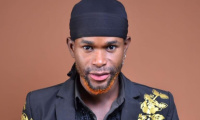

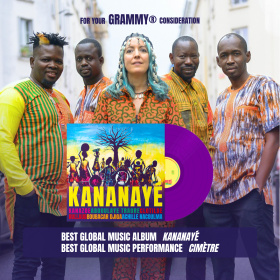

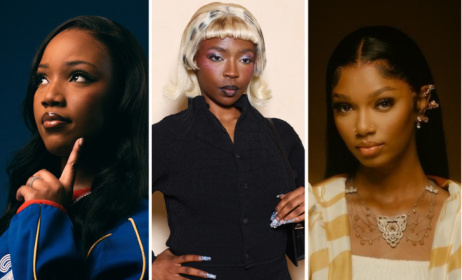





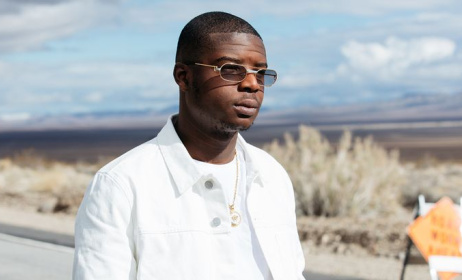
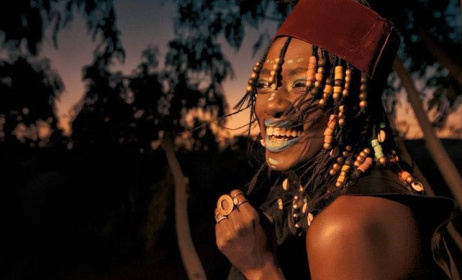

Commentaires
s'identifier or register to post comments